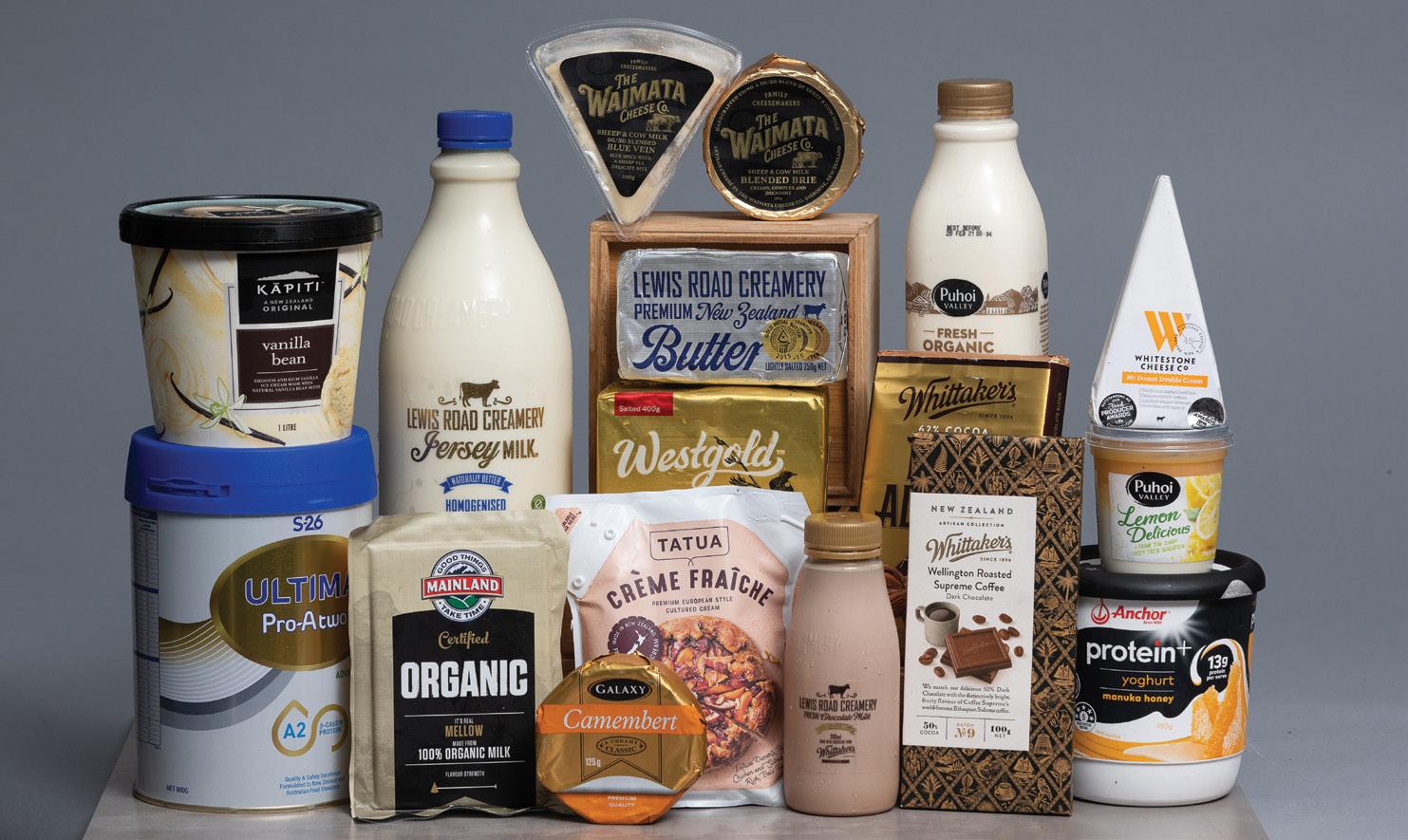STOCK VETS VOICE
Keeping teats healthy at dry off The cups have just come off, the teats are clean, right? Get the job done and let’s o you have worked hard all season. go home. It’s time to dry the cows off and Wait a moment – you have put in celebrate with a few days hours of effort getting to this point off. in the season, and you have You have your list of cows invested thousands of dollars in sorted out, you have cell count dry-off products, but you can’t records, you have done your be bothered to clean the teats dry cow consultation and have before administering it? the products ready to go. Now There are three situations to get the job done. in which I regularly see hygiene Lisa Whitfield being ignored when it comes to Having worked so hard to get to this point, you know you should mastitis management. clean the teats thoroughly before you dry Firstly, when administering products her off. However, you just want to get for drying off, secondly when taking milk the job done as quickly as you can, and samples for culture and finally, when you can’t be bothered with the hassle of administering mastitis treatments during cleaning the teats. lactation.
Words by: Lisa Whitfield
S
HYGIENE AND BACTERIA
In terms of the potential to permanently damage a cow’s lifetime production, or even result in her death, lack of hygiene at drying off is a really significant problem. Teats which have just had the cups taken off, are not magically free of infectious agents. A visually clean teat does not mean that there are no bacteria there. Unless you disinfect the teat end, bacteria will be present. Unless you take care with where you hold the teat and how you handle the tubes, bacteria can easily be reintroduced even following disinfection. In fact, if you take a swab of the end of the teat after cups off, you will grow a beautiful but nasty range of organisms, all of which can give a cow mastitis if you inoculate it into her udder using an intramammary tube.
MILK SAMPLES
When taking milk samples, large pottles usually mean you collect too much milk and risk contaminating the sample. In this image, each pottle at the front, is represented by the equivalent number of samples you could fit in it using smaller 5ml pottles.
76
Hygiene is also important when you are taking milk samples, however in this case you are wasting money if you do not put in the effort to do it correctly. If you take a milk sample but do not disinfect the teat, you will contaminate your sample with dirt and bacteria from the teat end.
Dairy Exporter | www.nzfarmlife.co.nz | May 2021


























